14 Calorie Deficit Tips for Easier Fat Loss
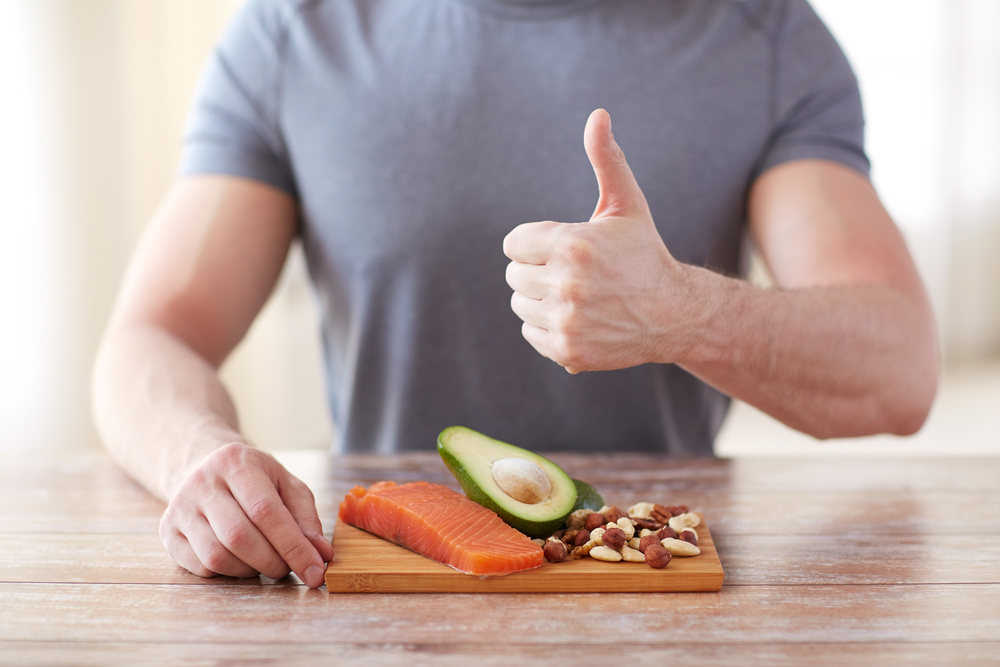
Has staying in a calorie deficit been a struggle for you?
Everything seems to be going well until you get hit with a ravenous craving for your favorite sweets out of the blue.
Or when the weekend rolls around and you start to crumble in the face of social events, drinks out with friends, or eating out.
It’s like that little devil is on one shoulder whispering:
Just do it. Go out. Have fun. YOLO 😈
But then the angel on the other side is giving you words of encouragement:
You got this. Stay strong and maintain your deficit! 😇
The good news is, things don’t have to be like that.
To help you out on your quest for permanent fat loss, I’m going to be sharing 14 calorie deficit tips that’ll make maintaining one INFINITELY easier.
How do I stay in a calorie deficit?
Let’s just dive right into it.
Here are 14 calorie deficit tips for sustainable fat loss:
1. Protein, protein, protein
If you want to stay fuller for longer, eat more protein.
If you want to speed up your metabolism, eat more protein.
If you want to build/retain lean muscle mass, eat more protein (more muscle = more fat loss).
Pretty much, protein is to maintaining a calorie deficit what Superman is to The Justice League (that’s really important in case you aren’t into superheroes).
You want to aim for between 0.7g-1.0g per pound of your goal body weight in protein daily.
Let’s say you have a goal body weight of 200 pounds, that’d be 140g-200g of protein per day.
5 QUICK & EASY WAYS TO EAT MORE PROTEIN
2. Prioritize high-volume foods
High-volume foods are the way to go when it comes to eating in a calorie deficit.
Volume foods give you the most bang for your calorie buck (AKA you get to eat a lot of them on not that many calories).
For example, watermelon, leafy greens (spinach, kale, etc), berries, and egg whites are all high-volume foods.
If you want to stay full in a calorie deficit, start incorporating more foods like the above into your diet.
3. Count calories
If there’s one on this list of calorie deficit tips that gets any pushback, I’d put my money on this one.
“Counting calories is too tedious, it’s too obsessive.”
Let’s say your goal is to save money…
Would you say it’s too obsessive or too much work to have a budget and track your income and expenses?
Not if you’re serious about growing your savings account you wouldn’t.
Apply that same logic to counting calories.
You count calories (budget) to ensure weight loss (save money).
It’s not something you have to do forever but if you’re a beginner or you struggle with weight loss consistency, just do it for the next few months or so.
It’ll teach you so much about portion sizes and help you become a much more aware eater, which will come in handy for maintaining your calorie deficit later down the line.
I WANT TO START COUNTING CALORIES
4. Eat your fiber
How to reduce calorie intake without starving yourself?
Get more fiber in your diet.
Yes, we all know it helps you poop and is good for digestion but that’s not all it’s good for.
Similar to protein, fiber is extremely satiating, so eating helps you stay full in a calorie deficit.
Foods high in fiber like beans, whole grains, berries (blueberries, blackberries, raspberries), avocado, and chia seeds have amazing health benefits.
You reduce your risk of heart disease by 9% for every 7 grams of fiber you eat.
5. Make sure you’re tracking liquid calories
Your favorite beverage–whether it be a soda, sports drink, or your daily morning coffee from Starbucks–probably has a lot more calories than you even realize.
Even those drinks that get positioned as “healthy” contain a lot more calories than you might think (that’s marketing for you).
Just make sure you’re accounting for all of them.
You can save calories by opting for 0-calorie/low-calorie beverages like water or diet soda.
No, the artificial sweeteners in diet soda won’t kill you or make you store more body fat.
If your diet soda says it contains 0 calories, guess how many calories it has?
0 calories.
What about alcohol?
I won’t tell you whether or not you should drink.
That’s a personal choice.
So if having a few drinks every now and then is something you enjoy, make room for it in your diet.
But I can say you’ll probably have a lot more weight loss success if you cut back or limit your alcohol intake, considering the fact alcohol is essentially just empty calories.
Throw in some high-calorie mixers on top of the alcohol you’re drinking and things can get out of control in a hurry.
Plus, we all know about those late-night cravings after a night of drinking 😂
6. Don’t eat back exercise calories
If you’re eating back exercise calories, stop like you’re at a red light.
I talk about why in this post but just know you’re derailing your fat loss efforts if you’re doing this.
7. Actually make room for your favorite foods
If your diet forces you to cut out all the foods you love, it’s not going to be very sustainable.
And without sustainability, you won’t achieve the long-term results you want.
A calorie deficit ≠ food prison.
Weight loss doesn’t have to be all-or nothing or black-or-white
You can enjoy your favorite sweets, treats, and snacks.
Any type of food, no matter what it is, can be had within your diet.
It’s all about moderation and research shows flexible eating leads to more weight loss than eating all strict.
A good rule to follow is the 80/20 rule…
The 80/20 rule
You get 80% of your calories from nutrient-dense whole foods like chicken breast, eggs/egg whites, oatmeal, rice, white fish, etc.
And 20% of your calories can come from foods you like to “indulge” in, be that pizza, chips, cheeseburgers, or ice cream (debate me if you want to but nothing beats a Reese’s Peanut Butter Cup Blizzard from Dairy Queen).
8. Own your weekends
You do awesome Monday-Friday.
You’re on point with your nutrition, you hit all your workouts.
But once the weekend rolls around, you always just binge and end up going waaaaaay over on your calories.
If I just described the story of your life, you may want to give calorie cycling a try.
You don’t have to be in a calorie deficit 24/7, 365 days a year just to see results.
Calorie cycling gives you a lot more flexibility so you won’t feel so constrained.
With calorie cycling, some days you eat a little less, and other days you eat a little more,
As long as you’re in a net calorie deficit for the week, you’ll still lose weight.
That means you can set up your calorie cycling schedule to have more calories on the weekend and do all the things you want to do, like go out to eat, without feeling guilty or like you’re going to blow your calorie deficit.
9. Sleep More
Get more sleep?
What’s this doing on a list of calorie deficit tips?
Oh, it definitely belongs.
Let me explain why.
Lack of sleep results in your body producing more hunger hormones like ghrelin and reducing hormones like peptide YY that keep you feeling full.
You can sacrifice an episode or two of your late-night TV watching for some more sleep.
If you’re a new parent, my heart goes out to you.
Just try to get as much sleep as you can.
It might not seem like much but 30 minutes to an hour more of sleep each night makes a bigger difference than you realize.
10. Find lower-calorie alternatives to your favorite higher-calorie foods
I’m NOT saying to always choose the lower-calorie option of your favorite foods.
After all, one of the calorie deficit tips I’ve mentioned is to make room for those foods you love, even if they’re a little higher in calories.
Buuuuut…
If you’re looking to save some calories (without having to compromise on taste), having lower-calorie alternatives you can turn to comes in clutch.
Here are some of my favorite lower-calorie alternatives/food swaps:
- Bolthouse Farms Condiments & Salad Dressings
- PB2 Peanut Powdered Peanut Butter
- Ole Xtreme Wellness Wraps (tortillas)
- Live Carb Smart Bread
- Dannon Light + Fit Greek Yogurt or Oikos Triple Zero Greek Yogurt
- Gatorade Zero or G2
- G. Hughes Sugar-Free BBQ Sauce
- Halo Top Ice Cream
- Egg whites
- Turkey sausage
- Turkey bacon
- English muffins for hamburger buns
- Nonfat Greek yogurt for sour cream
- Low-fat or fat-free cheese
- Light mayo
11. Have planned refeed days and diet breaks
How long you should stay in a calorie deficit will depend but it can take its toll after a while if you aren’t scheduling any breaks.
But one thing that’s for sure is it can be hard to stay in one without any breaks.
If you’ve been in a calorie deficit for a while now and you’re struggling to maintain it, I’d be willing to bet this is one of those calorie deficit tips you’re not currently taking advantage of…
Refeed days and diet breaks.
Incorporate these to make staying in a calorie deficit a lot more sustainable:
- Refeed days: You pick a day or two during the week where you increase your calories to maintenance (or even a slight surplus). On refeed days, I would recommend putting those extra calories toward carbs. Carbs increase leptin, which is a hormone that increases feelings of fullness and gives you energy.
- Diet breaks: Instead of choosing just one or two days during the week, you increase your calories back up to maintenance for a little bit. One strategy I like to use with diet breaks is only eat in a calorie deficit for four weeks at a time, then take a break for a week and eat at maintenance. This will keep you motivated and help you be more consistent with staying in a calorie deficit because you know it won’t be that long until you’re able to bump up your calories and eat at maintenance again. You’re never too far from that light at the end of the tunnel.
12. Stay hydrated
So, why exactly does staying hydrated belong on a list of calorie deficit tips?
For a few reasons….
- Dehydration sometimes disguises itself as hunger.
And we all know hunger is the kryptonite of maintaining a calorie deficit.
- Drinking more water means you’re not drinking as many beverages that may be higher in calories.
- Your workout performance can go down when you’re not properly hydrated
Good old H2O is definitely a big part of staying hydrated but you also need to have a balance of electrolytes too.
Your electrolytes are minerals like sodium, potassium, and magnesium.
The best way to tell whether or not you’re dehydrated is with the “pee test.”
Lemonade-colored pee indicates you’re hydrated while medium to dark yellow pee is a sign you need some fluids ASAP.
13. Plan out what you’ll eat ahead of time
Flexible eating doesn’t mean having to wing it in the moment and go into each day without a plan.
When you have structure and a plan heading, it makes staying in a calorie deficit a lot easier.
Take some time at night to pre-log some meals in MyFitnessPal (or whatever calorie-counting app you use) for the next day.
That way, you at least have a rough outline of where you stand calorie-wise, and as the day goes on you can mix and match to ensure you still hit your calorie goals.
You’ll avoid scenarios like, “If only I’d planned better, I’d have enough room for that dessert I want.”
Or having to backtrack at the end of the day and trying to remember everything you ate.
Odds are, you’ll underestimate (that’s just part of being human), which means you’d be consuming more calories than you should.
14. Have a list of go-to meals that are readily available and easy to make
Not every meal has to be a 5-star Chef Gordon Ramsey exclusive special with perfect presentation.
Find those quick and easy 5-10 minute go-to meals and make them a staple in your diet.
Here’s an example of what a typical lunch for me looks like…
I’ll make a wrap using:
- An Ole Extreme Wellness Tortilla (super high in fiber)
- Pre-sliced turkey breast (packed with protein)
- Vegetables like lettuce, tomato, and onion (high-volume foods)
- Bolthouse Farms condiments for the sauce
I’ll also usually have a yogurt on the side (Dannon Light + Fit Greek Yogurt), some chips or Cheetos, and a vegetable medley like broccoli and cauliflower.
Calorie deficit tips – FAQs
Why am I not losing weight in a calorie deficit?
Understand this:
If you’re not losing any weight or your measurements aren’t going down, you’re not truly in a calorie deficit.
You might think you are but science says otherwise.
If this is you, these calorie deficit tips are questions I’d ask myself:
Am I tracking what I eat consistently?
Weekends count, things like cooking oils count, and all those little extra nibbles, bites, and tastes you take throughout the day, or those pieces of candy you grab whenever you pass your coworker’s cubicle, count too.
Am I strength training 3-4 times a week?
Unless you want to end up skinny fat, strength training is an absolute necessity.
You build muscle when you strength train and more muscle = more fat loss.
I know it looks cool but random HIIT workouts you found while scrolling through social media don’t count as true strength training.
Get on a program and focus on progressively lifting heavier weights over time.
Am I getting enough daily movement in?
You burn significantly more calories through non-exercise movement (i.e. walking) than you do your actual workouts.
And by “significantly more,” you’re looking at three times as much.
7,500-10,000 steps every single day is ideal.
Is 1,200 calories enough for a calorie deficit?
Maybe 1,200 calories is enough for a toddler…
And even then, you still probably wouldn’t be eating enough.
For some reason, 1,200 calories seems to be the go-to amount people hone in on for weight loss, especially you ladies out there.
Don’t make that weight loss mistake–slashing your calories too low.
It’ll just come back to bite you in the ass later.
Just eat in a moderate calorie deficit (about 80% of your maintenance calories)
What’s a good calorie deficit diet plan?
The truth about weight loss and diet plans is this:
Let’s say someone gives you a meal plan to follow.
What happens on a day when you can’t follow your diet plan exactly to the T?
Then, what will you do?
Probably freak out and get discouraged because you weren’t able to stick with the diet.
You have to rely on that specific plan, which isn’t very empowering.
That’s what diet plans don’t do…
They don’t teach you about the WHY behind the foods you’re eating.
So instead of looking for a specific diet plan that tells you to eat this food or that, learn about what makes the foods you’re eating ideal for staying in a calorie deficit.
*** Hint hint ***
You can also take some ideas from this weight loss grocery list I created.
How do you cut calories without feeling hungry?
You obviously shouldn’t be ravenously starving and on the verge of becoming all skin and bones.
But feeling a little hungry is one of the signs you’re actually in a calorie deficit.
While you’re in a deficit, there are things you can do to mitigate that hunger, most of which we’ve gone over on our list of calorie deficit tips:
- Eat more protein
- Eat more fiber
- Drink more water or 0-calorie/low-calorie beverages
- Reach for high-volume foods like watermelon and leafy greens
- Sleep more (you’re hungrier when you don’t get enough sleep

What's up?
I’m Chad, I’m happy you’re here! I’m a certified personal trainer and my goal is to help you form practical, sustainable habits that lead to lifelong fitness results. If you want to lose fat, build muscle, and live a healthier, happier life then you’re right where you need to be. 💪🏾
Free resources
⬇⬇⬇


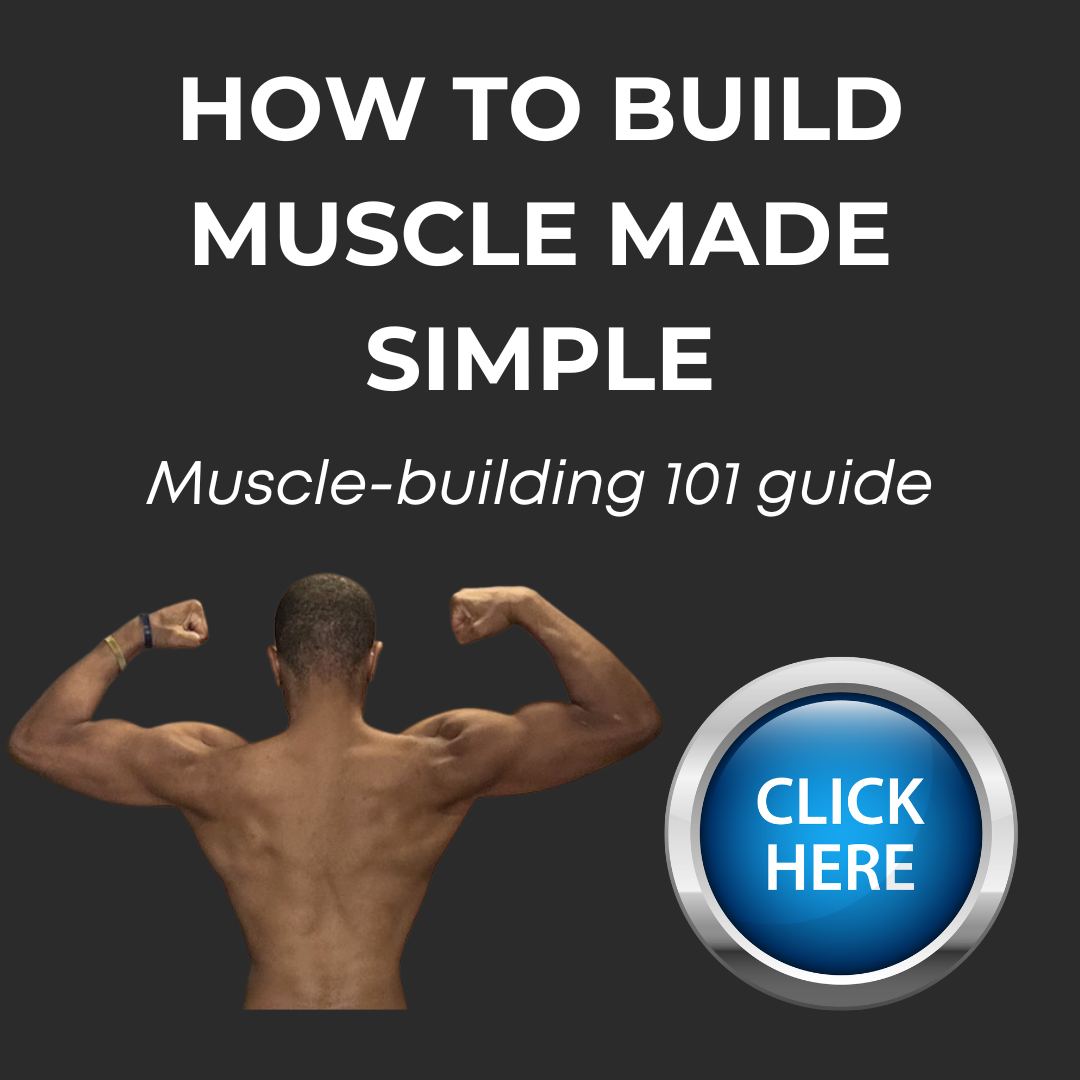



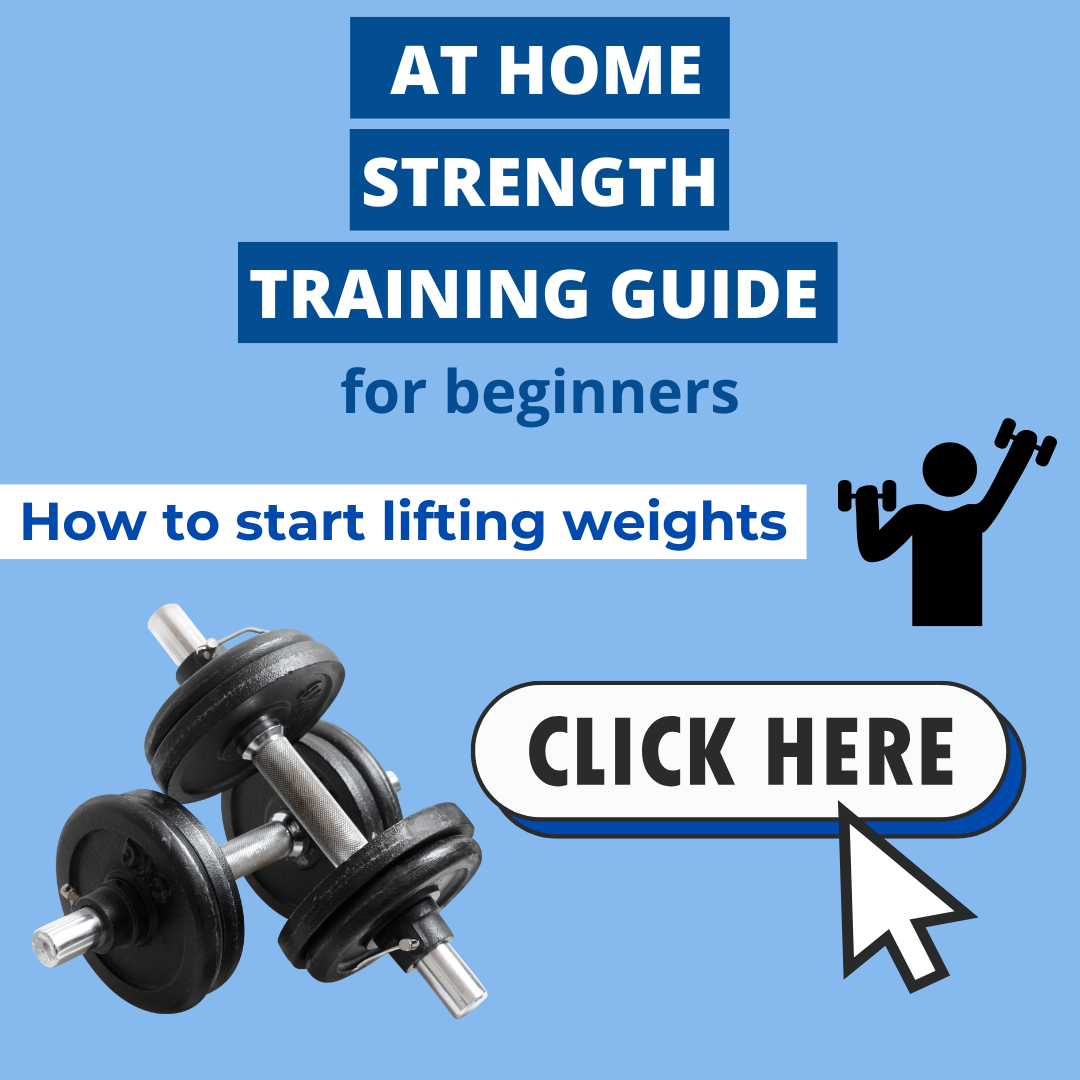
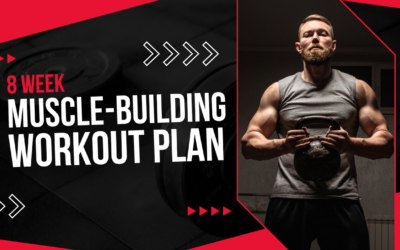
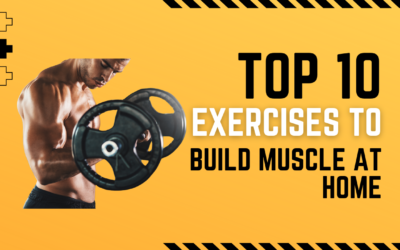

0 Comments